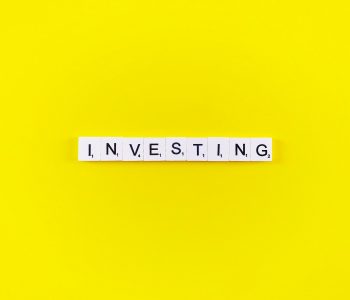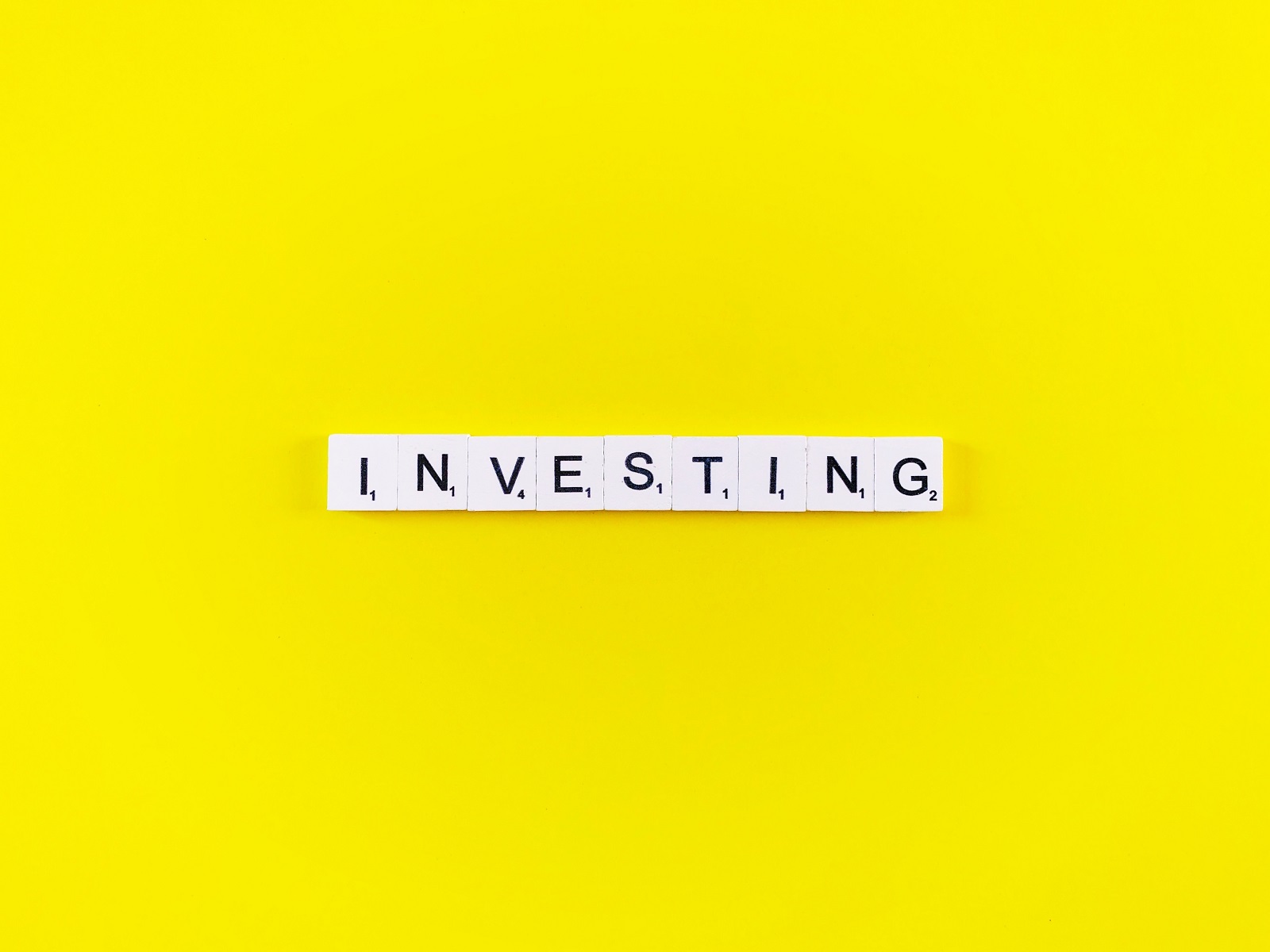How to Buy Berkshire Hathaway Inc. Shares for $0.32

Can’t Pay $315,000 for a Class-A Share of Berkshire Hathaway Inc.? Then Consider This.
I know from speaking with hundreds of investors that many of them struggle to save enough money to start buying stocks.
You need a lot of cash nowadays to buy even one share of some companies. For instance, a single share of Apple Inc. (NASDAQ:AAPL) will set you back almost $300.00, Alphabet Inc (NASDAQ:GOOG) more than $1,300, and Amazon.com, Inc. (NASDAQ:AMZN) about $2,000.
Berkshire Hathaway Inc. (NYSE:BRK.A) ranks as the “Hope Diamond” of stocks. To buy a single class-A share, you’ll have to pony up $315,000. That amount of money could buy you a house in most parts of the country!
Thankfully, there’s a solution: fractional shares.
Simply put, a fractional share represents a position in a stock equal to less than a whole share. This position can range anywhere between zero and one.
The concept of fractional shares isn’t new. Such situations have often resulted from stock splits or dividend reinvestment plans. In those cases, it isn’t uncommon for investors to hold one-half or one-tenth of a single share in a business.
But such instances have amounted to accounting oddities. Brokers have rarely allowed investors to trade fractions of shares. In fact, stock exchanges once encouraged investors to trade stocks in no less than 100-share lots.
That, however, has started to change. In recent years, online brokers have started allowing their clients to trade fractions of shares of companies and exchange-traded funds (ETFs).
And the increments can be quite tiny. In the case of some brokers, investors can own as little as one-millionth of a share.
This has a number of advantages for small traders, sometimes referred to as “home gamers.”
First, fractional shares lower the entry price to begin investing in the stock market. It also makes it easier to buy some of the more expensive names that you’d otherwise not be able to afford.
Let’s circle back to Berkshire Hathaway Inc. as an example. With fractional shares, you can begin investing in the insurance company with as little as $0.32. That’s only a little more than the price of a gumball!
Furthermore, fractional shares allow you to spread a modest nest egg across a larger number of businesses. That means you can keep a more diverse portfolio with less risk than owning only two or three stocks.
Finally, fractional shares also make your money work harder.
Often, I receive dividend checks for $50.00 or $75.00—not quite enough to reinvest in some of the stocks I own. That can leave me with cash sitting on the sidelines, earning nothing in the way of interest or dividends.
Fractional shares end this problem. By buying slivers of shares, investors can get their money back into the market right away. And over time, those extra payments can really pad their investment returns.
So, how can you get started?
Historically, few brokers offered fractional share trading. But in recent years, a growing number of firms have seen the benefit of offering this service to their clients. I’ve highlighted three of them below.
| Broker | Pricing | Other Features |
| Charles Schwab | No commission. | In-person customer service available and no account minimum. |
| Robinhood | No commission. | Mobile-app-enabled trading and no account minimum. |
| Interactive Brokers | $0.005 per share. | Professional trading platform, access to more than 125 international markets, and low interest rates on margin loans. |
To be clear, Lombardi Publishing has no business relationship with any of the three companies listed above. This also doesn’t represent an exhaustive list of brokers offering the service. But the table here does provide a great jumping-off point for further research.
So, with fractional shares, now everyone can own a little bit of big companies like Coca-Cola Co (NYSE:KO), Chevron Corporation (NYSE:CVX), and Berkshire Hathaway Inc.!











